About mole
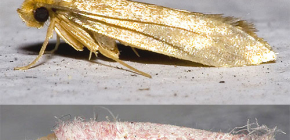
We are accustomed to perceive the mole exclusively as a domestic parasite. Some people are even surprised to learn that a mole can live in gardens and kitchen gardens. And yet, moths are a very large group of butterflies, of which only a few species have adapted to human cohabitation with humans and are serious pests. The rest use the features of anatomy characteristic of all moles in order to occupy their unique niches in the wild, and sometimes quite unusual. A moth is a really interesting insect, and the way of life and the appearance of some species of it can amaze even experienced entomologists.
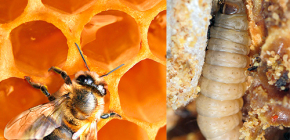
Wax moth today is used to treat a large number of diseases, but in many cases it is completely groundless. Nevertheless, there are certain prerequisites for using wax moth tincture in medicine, and therefore it is worth talking about the expediency of treatment with its help separately.
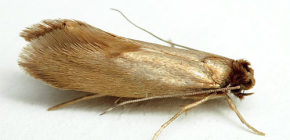
The clothes moth is just one species of more than two thousand kinds of moles. But it is he who delivers the greatest trouble to housewives and owners of large wardrobes. Thanks to the secretive way of life, the clothes moth often manifests itself only with battered clothes, and sometimes, even having met her in an apartment, the owner will not pay any attention to the small nondescript butterfly. Let's learn to recognize the clothes moth at a glance and to distinguish it from other types of room moths.
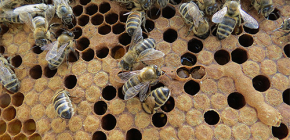
Bee moth tincture is used in the treatment of tuberculosis and many other diseases more and more people. They refuse reliable treatment methods, outpatient examinations and trust this folk remedy. But before such a step, it is worth getting closer acquainted with the moth itself, and with the tincture on the basis of its larvae, and then consciously decide whether to fully rely on this tool.
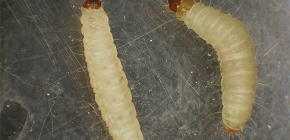
If the clothes in the closets suddenly start to deteriorate, holes, bald spots and unaesthetic spots appear on it - it is eaten by the mole.Moreover, it is not the butterflies that can hide on the walls and ceilings gnaw at all. And not even those that fall in the closet itself. The clothes are spoiled by the larvae of the moth, imperceptible and silent, and it is with them that they must be fought first of all. We will talk about the larvae themselves and the rules of this struggle.
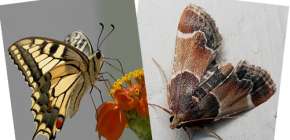
All moths are quite different from most typical butterflies in their anatomical structure. Among these features - and the absence of the proboscis, so necessary for other lepidoptera for normal nutrition. And this is nothing special - after all, the way of feeding the moles is quite specific ...
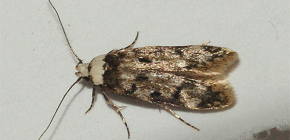
A moth almost always appears literally "from nowhere." But for a full-fledged comprehensive pest control it is still necessary to introduce ways of penetration of moths into the home and observe preventive measures. Next, we consider how to identify the mole that has entered the house and prevent its reproduction on the territory of the apartment. Tips are given for both food and clothes moths.
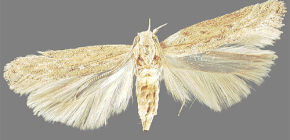
A few decades ago, perhaps the workers of the sanitary-epidemiological services in agriculture knew about the potato moth. However, this pest turned out to be no less versatile and active than the other famous introduced potato consumer - the Colorado potato beetle. And today, the area of potato moths infestation is calculated in many thousands of hectares around the world, and in all reference books on horticulture and gardening methods of dealing with it are carefully described. About the butterfly itself and how to get rid of it, let's talk.

Cabbage moth is an inconspicuous butterfly, the caterpillars of which with uncontrolled reproduction can seriously harm the cruciferous crop, in the first place - cabbage. At the same time, mainly small private farms suffer from cabbage moths, as powerful insecticides are effectively used against industrial areas against it. What to do to protect your vegetable garden from this pest?

There are many pests of clothing, among them there are moths, and beetles, and mold fungi. But the mole of them is the most famous.There are several reasons for this, but the main one is that it is the mole on the largest scale and fastest that can turn a good thing into crumbling rags. How and why does it do it, does the mole eat up everything, or is it able to eat only certain types of tissue? Let's figure it out.
